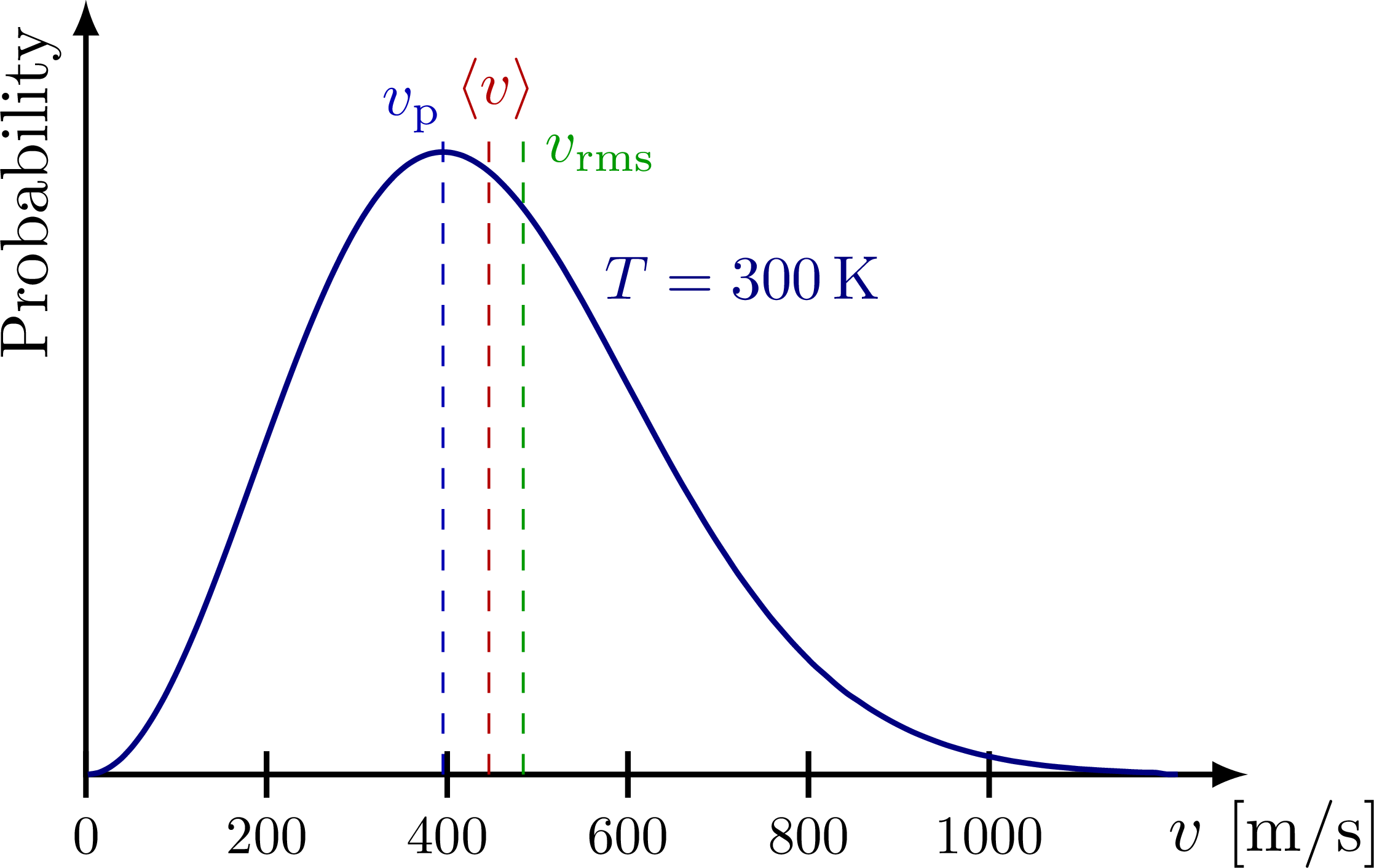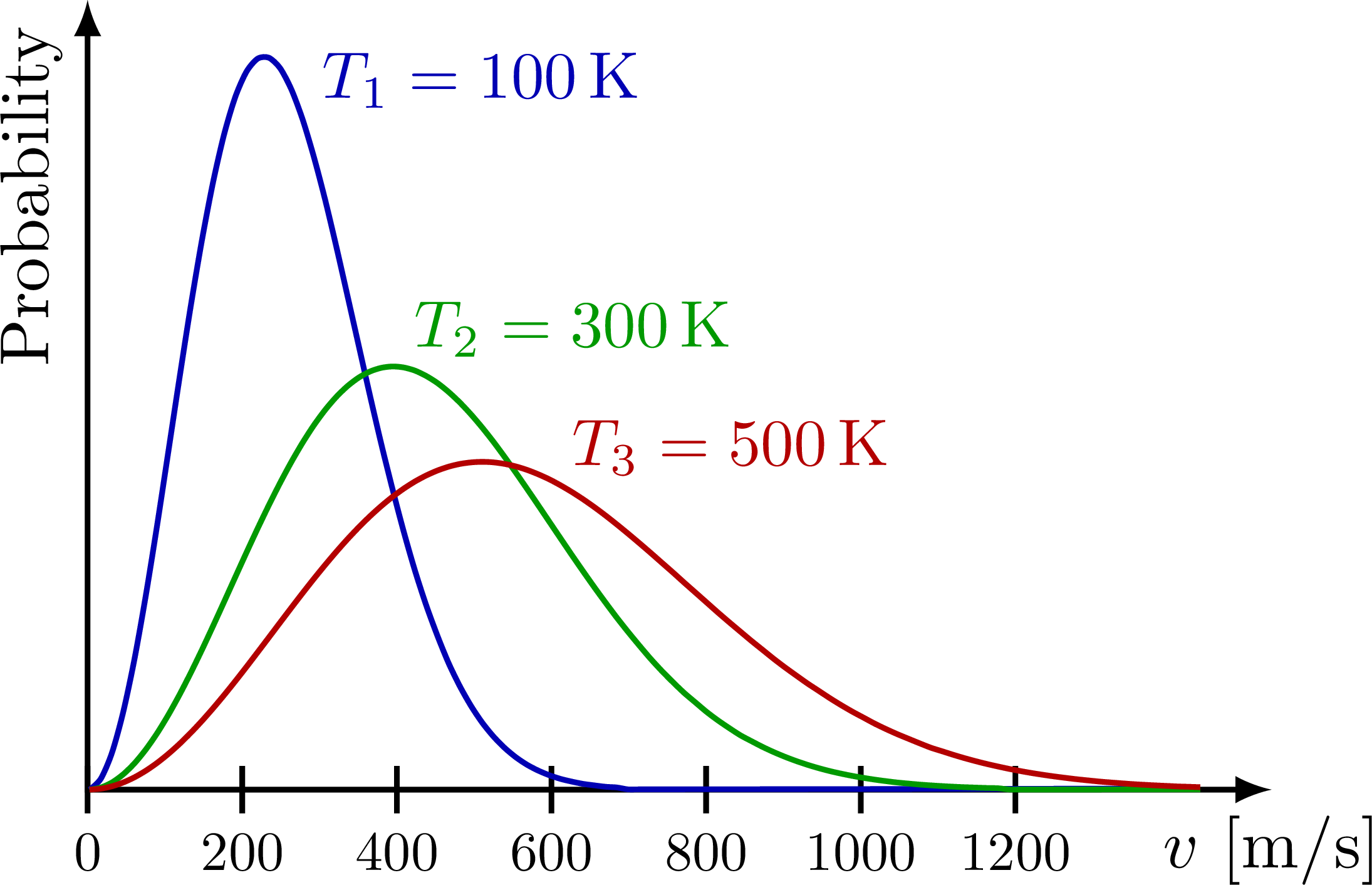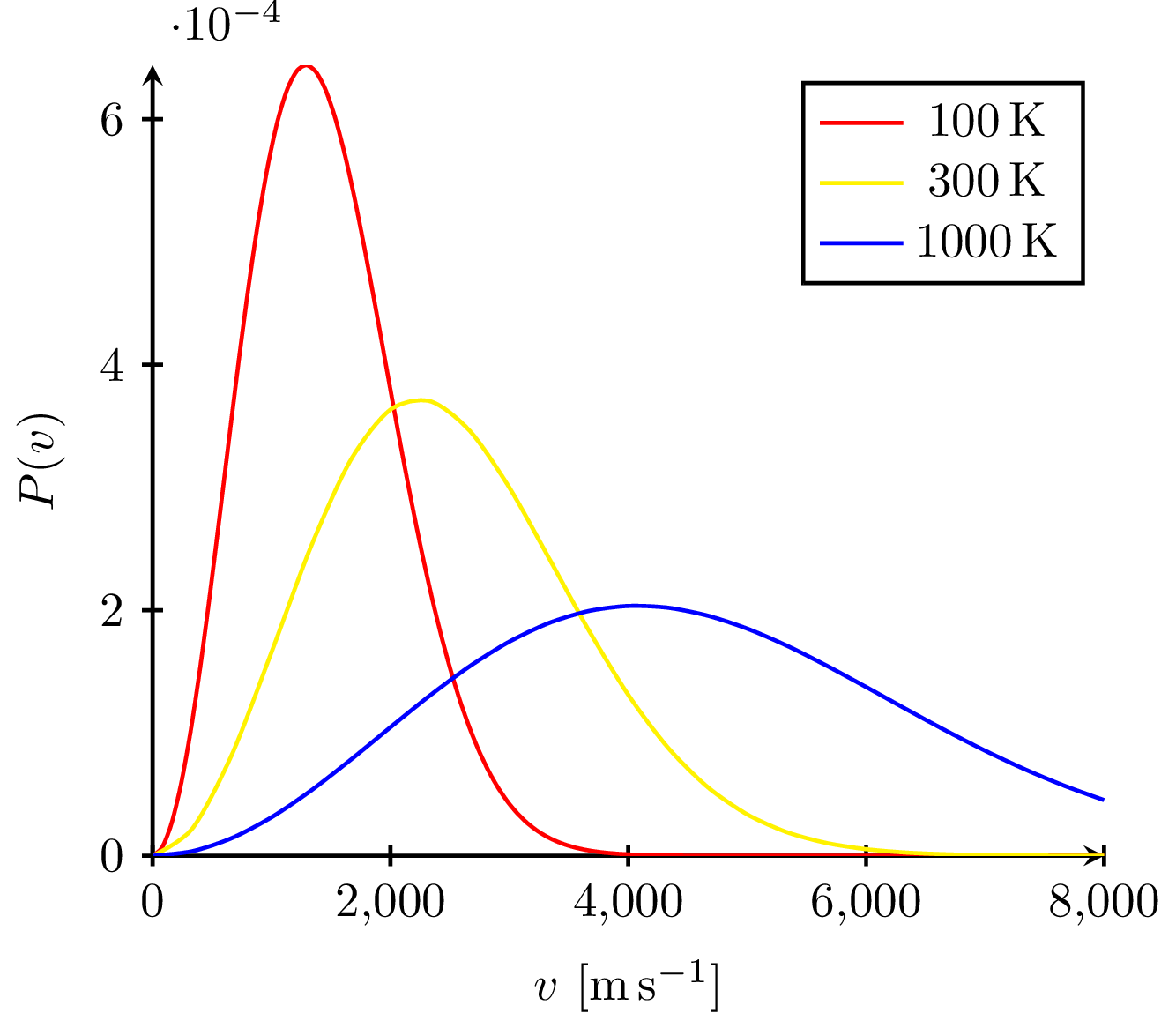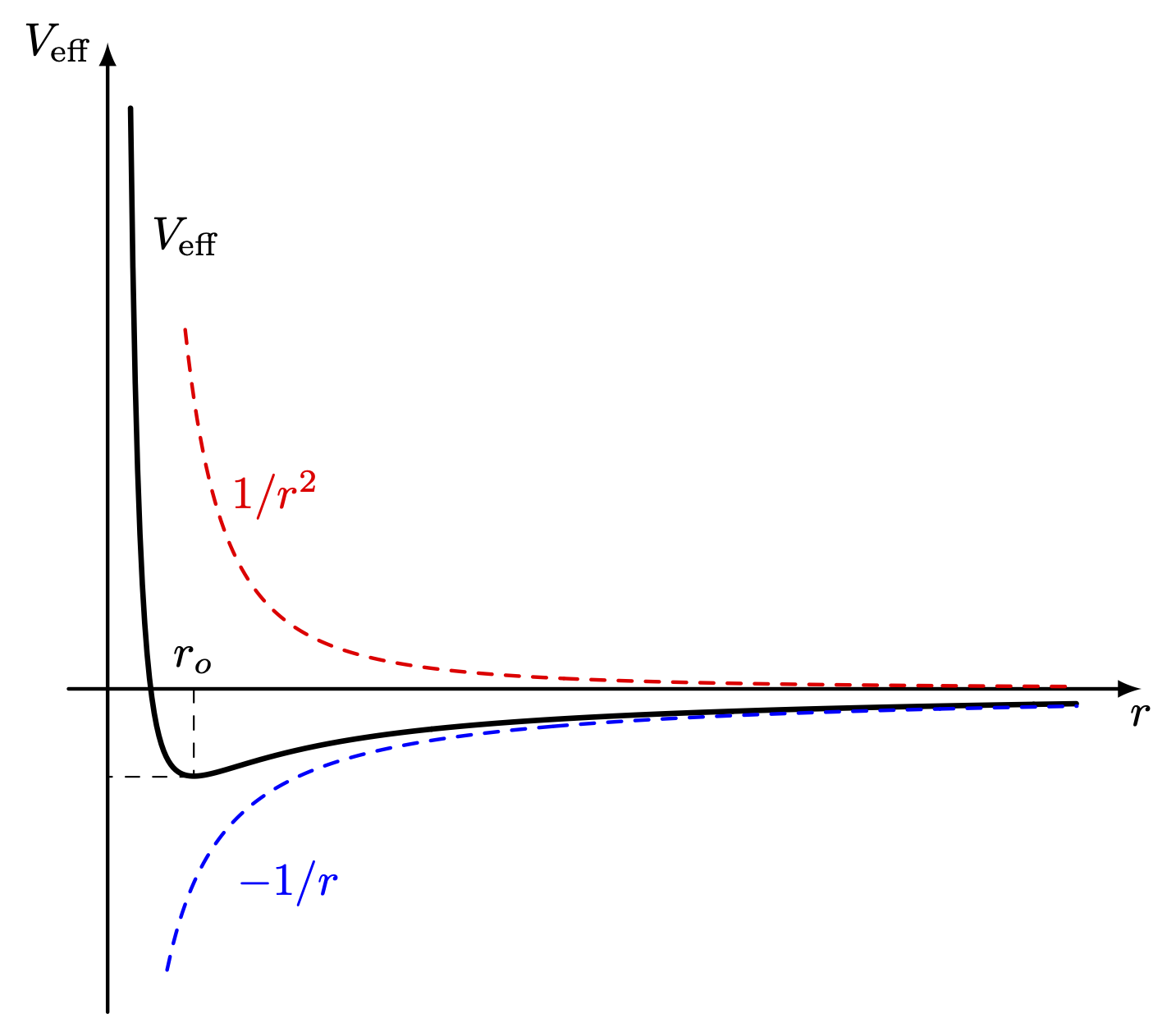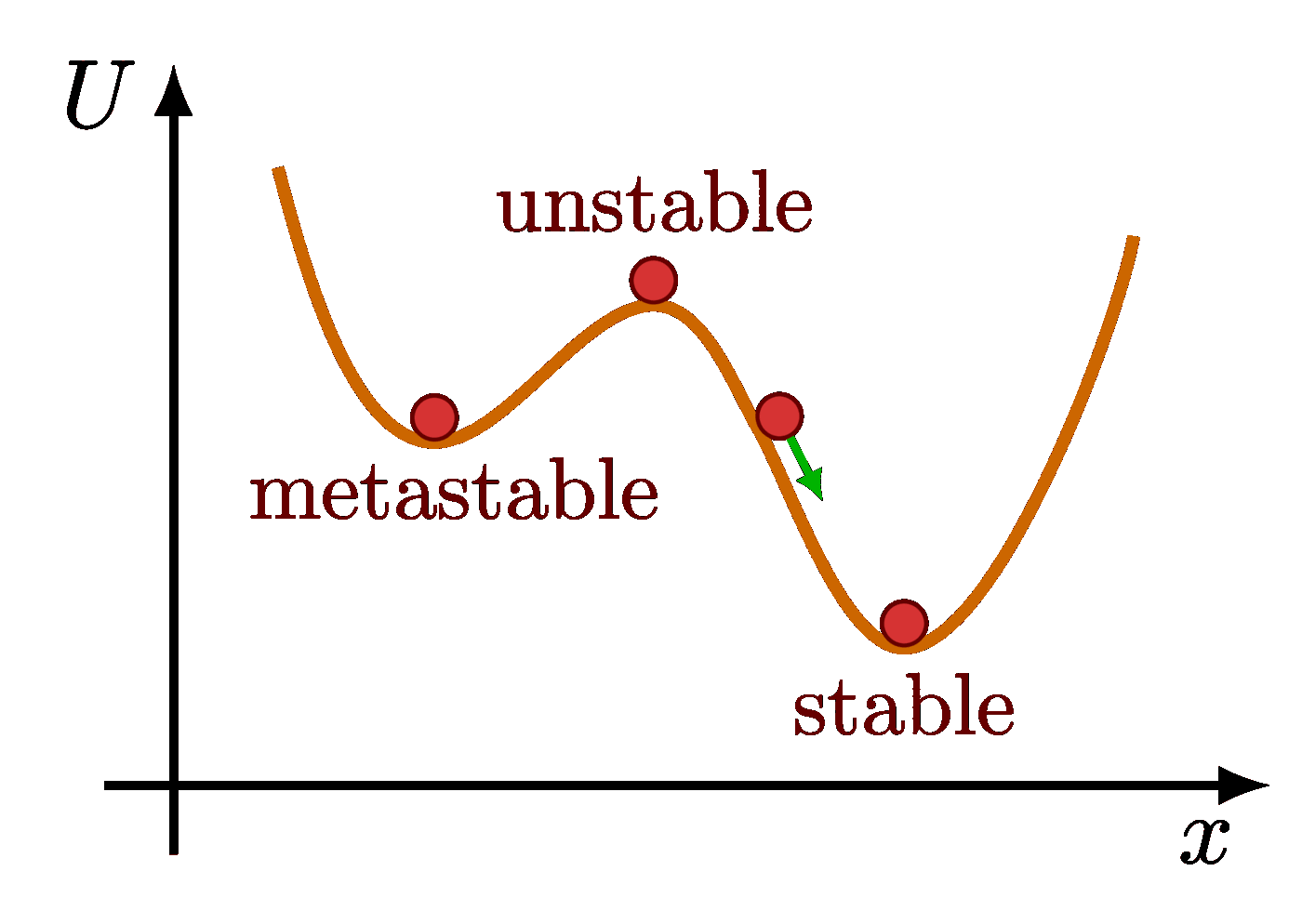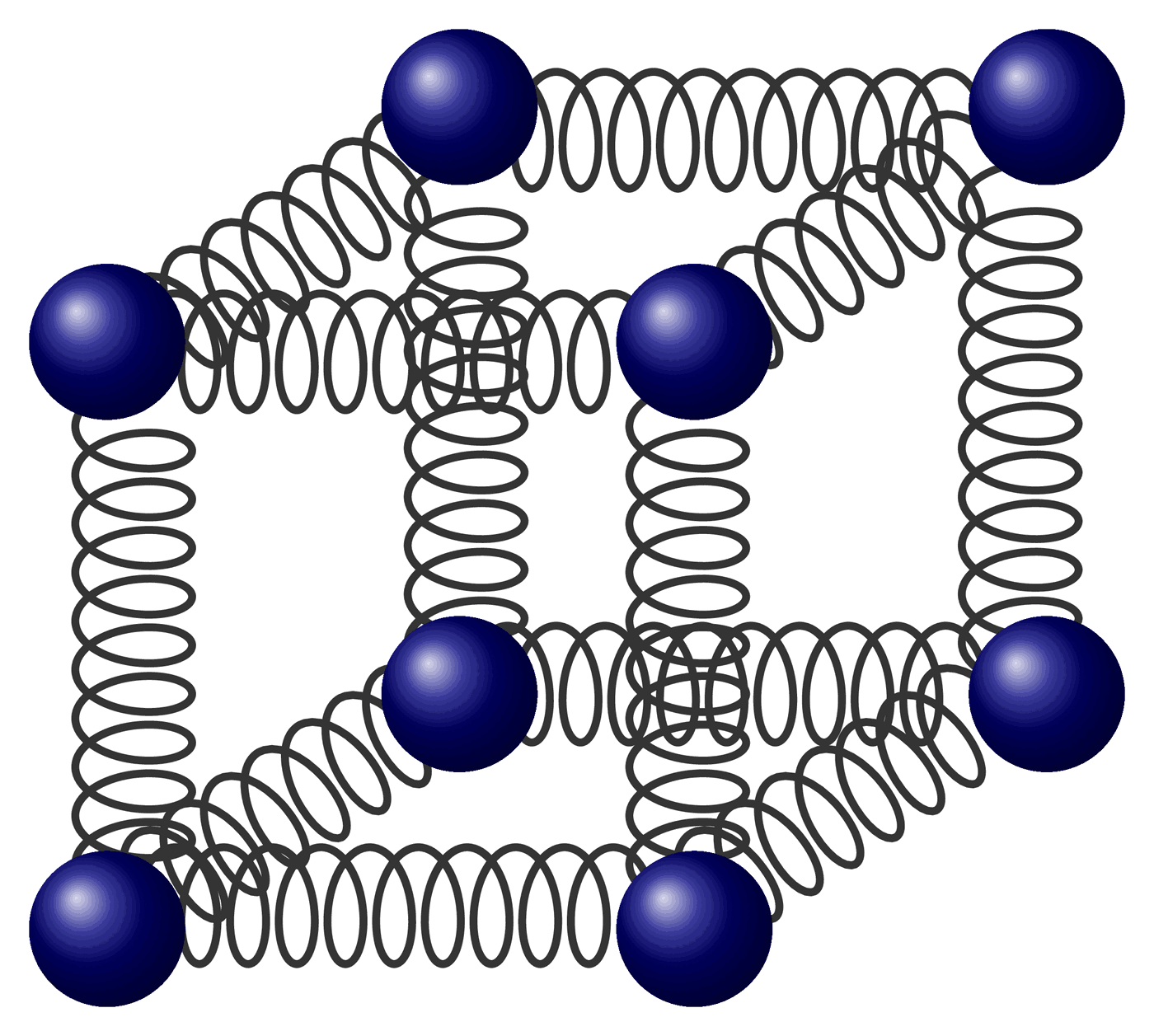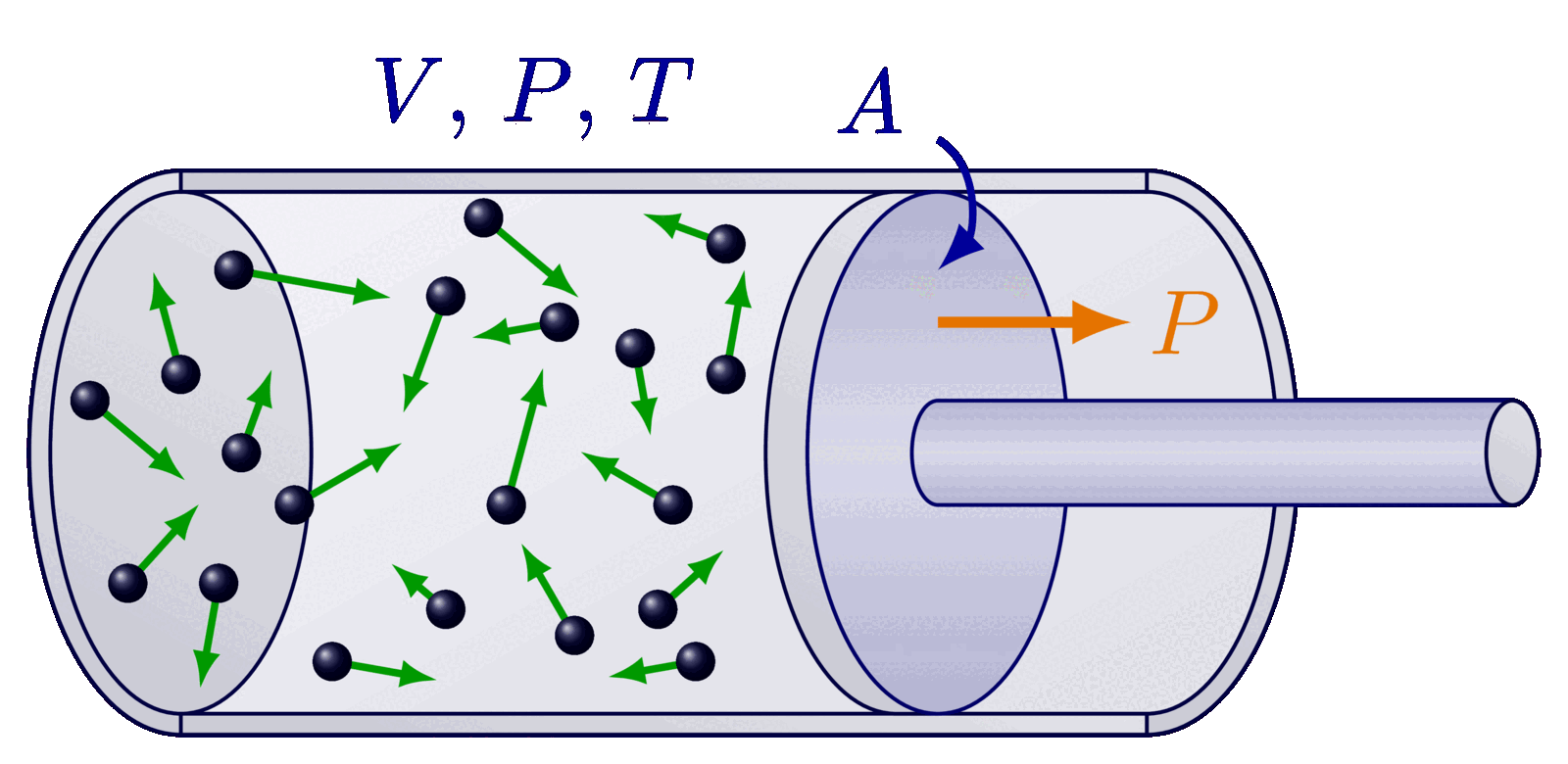Edit and compile if you like:
% Author: Izaak Neutelings (March, 2017)\documentclass[border=3pt,tikz]{standalone} %[dvipsnames]\usepackage{amsmath} % for \dfrac\usepackage{siunitx,physics}\usepackage{tikz}\tikzset{>=latex} % for LaTeX arrow head\usepackage{pgfplots} % for the axis environment%\usepackage[outline]{contour} % halo around text%\contourlength{1.2pt}\usepackage{xcolor}\colorlet{mygreen}{green!60!black}\colorlet{myblue}{blue!70!black}\colorlet{myred}{red!70!black}\tikzstyle{rline}=[myred,thick]\tikzstyle{bline}=[myblue,thick]\tikzstyle{gline}=[mygreen,thick]\pgfplotsset{compat=1.13} % TikZ coordinates <-> axes coordinates%\pgfplotsset{compat=1.17}\colorlet{mydarkblue}{blue!30!black}\def\N{50}% H2: 4u/2k = 4*1.66*10^(-27)/(2*1.38*10^(-23)) = 0.00024% O2: 32u/2k = 32*1.66*10^(-27)/(2*1.38*10^(-23)) = 0.00192% 4/sqrt(pi)%\def\k{0.00024}\pgfmathdeclarefunction{maxwell}{2}{%\pgfmathparse{4/sqrt(pi)*(\k/#2)^(3/2)*(#1^2)*exp(-\k*(#1^2)/#2)}%}\def\maxwell#1#2{4/sqrt(pi)*(\k/#2)^(3/2)*((\xscale*#1)^2)*exp(-((\xscale*#1)^2)*(\k/#2))}%\def\vmax#1{sqrt(#1/\k)/\xscale}\def\tick#1#2{\draw[thick] (#1) ++ (#2:0.03*\ymax) --++ (#2-180:0.06*\ymax)}\begin{document}% MAXWELL-BOLTZMANN different temperatures\begin{tikzpicture}\def\xmax{6.0}\def\ymax{4.0}
Click to download: maxwell-boltzmann.tex • maxwell-boltzmann.pdf
Open in Overleaf: maxwell-boltzmann.tex


